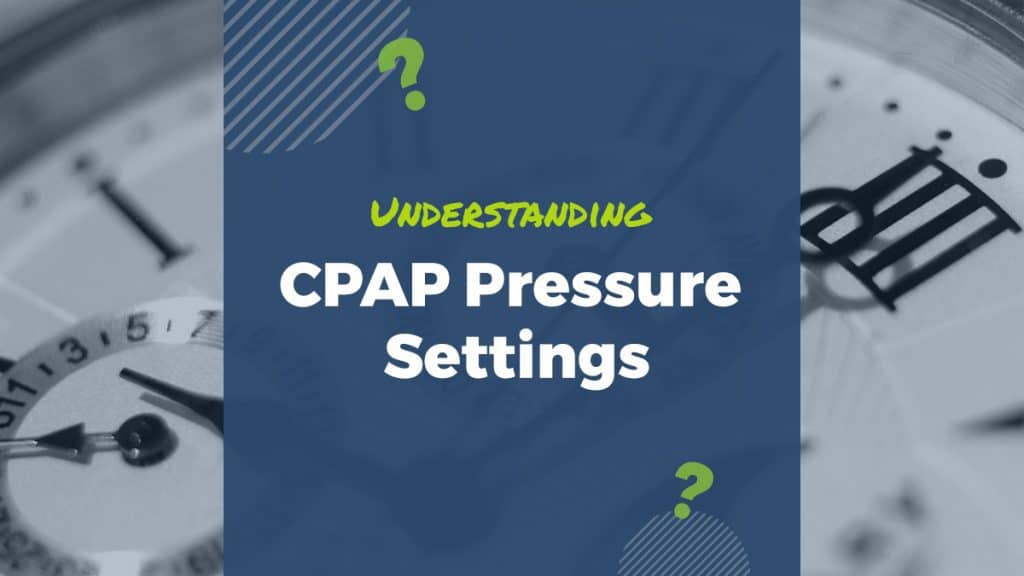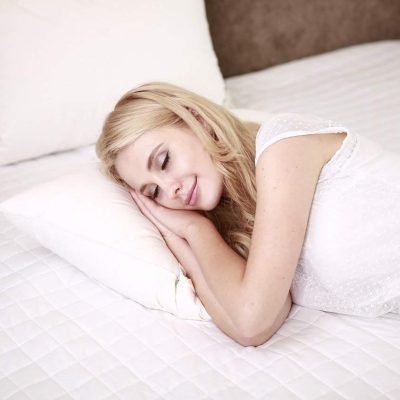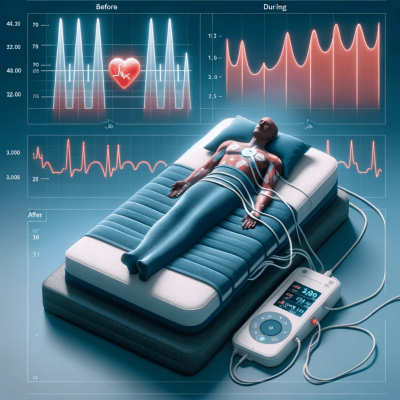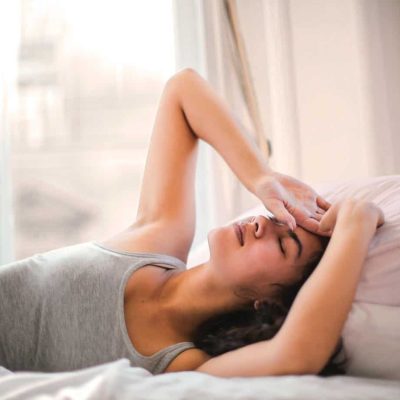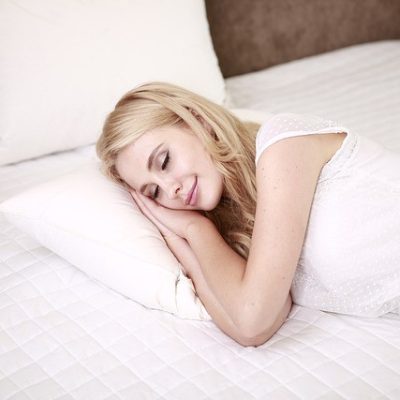It’s a fact that continuous positive airway pressure or CPAP therapy is the number one treatment for sleep apnea. Sleep apnea is a condition where the individual stops breathing periodically during sleep. It affects nearly 20 million Americans (1).
There are many types of sleep apnea, but obstructive sleep apnea (OSA) is the most common. OSA affects 2% of women and 4% of men. Incredibly, only 10% of patients with OSA get treatment for this condition (2). In OAS, breathing stops involuntarily for brief periods during sleep. It’s because the normal flow of air is repeatedly prevented throughout the night. The flow of air stops because the muscles and soft tissue around the throat partially or fully block the airway.
Untreated OSA can lead you towards severe health problems such as:
- Diabetes
- Hypertension
- Heart disease
- Stroke
If you have been diagnosed with obstructive sleep apnea and prescribed continuous positive airway pressure (CPAP) therapy, you must understand your CPAP pressure setting and its importance.
This article is compiled to give you all the answers to the questions related to the pressure settings for your CPAP machines. Read further to find out everything you ever wanted to comprehend about CPAP machines pressure settings!
Table of Contents
ToggleWhat is PAP Therapy?
After being diagnosed with OSA, your physician may prescribe you positive airway pressure (PAP) therapy. The prescription typically indicates machine settings based on the results of your sleep study.
Furthermore, medical professionals will suggest different CPAP settings for different patients, depending on the patient’s needs.
There are four basic types of PAP devices, depending on their pressure delivery system:
1. Bi-level positive airway pressure (BPAP)
This device distributes two diverse air pressures to keep your airway open as you sleep. It has a high pressure to keep your airway open when you inhale and then has lower pressure when you exhale (3).
2. Auto-titrating positive airway pressure (APAP)
Auto Positive Airway Pressure (APAP) machines automatically adjust the pressure according to your changing breathing patterns throughout the night. If you have been diagnosed with OSA, you tend to have more frequent bouts of paused breathing at some times of night than at others. APAP automatically adjusts air pressure to fit your changing breathing patterns (4).
3. Adaptive servo-ventilation (ASV)
Adaptive servo-ventilation (ASV) uses a servo controller that automatically adjusts pressure by breath-by-breath analysis. It maintains steady minute ventilation, especially in heart failure patients with central sleep apnea (5).
4. Continuous positive airway pressure (CPAP)
As its name implies, CPAP machines produce a continuous stream of air pressure to keep the airway open (6).
For many patients, CPAP is the only treatment they need for sleep apnea.
How Does A CPAP Machine Help Treat Sleep Apnea?
Healthy individuals inhale the air through the nose. This air travels into the respiratory tract or airway and finally reaches into the alveoli (end portion of the respiratory tract).
In OSP, the portion of the airway can be impeded by muscles, soft tissue, tonsillar overgrowth, fatty excess, and secretions. Because the airway is collapsed, it prevents oxygen from getting to the brain and lungs. Thus, the patient wakes unknowingly just to breathe and then fall back asleep.
CPAP machines deliver forced air, which helps to keep the airways patent and prevents collapse (7). It also introduces a constant airflow into the airways to maintain continuous pressure to constantly stent the airways open (8).
How Your Sleep Apnea Severity Relates To Your CPAP Pressure Settings?
It’s undisputed to assume that there would be a definite relationship between the degree of OSA and the prescribed CPAP pressure setting. Well, if you need a medication for blood pressure, you need a higher dose for high blood pressure, right?
But unfortunately, this case is not the same when treating OSA.
OSA is diagnosed with a home sleep study or an overnight sleep study test. It assesses how many times your upper airways collapse per hour of sleep and the resulting drop in blood oxygen levels or awakenings from sleep.
If your airways completely collapse, this is called the apnea, and if it partially collapses, it’s called hypo apnea. The total number of these events per hour of sleep is called the apnea-hypopnea index (AHI).
Now, you might think that mild OSA requires less CPAP pressure settings, while severe OSA requires a higher CPAP pressure setting to treat it. But in actuality, this is not always the case. There are several factors involved in determining the required CPAP setting. Therefore, typically the treatments start at a low CPAP pressure setting and then gradually increased to resolve all apnea and hypopnea events as well as snoring (9).
The general CPAP pressure settings are given in the table:
Based on AHI, the severity of the sleep apnea is classified as listed in the table:
Less than 5 events
Normal
5 to 15 events
More than 15 but less than 30 events
Moderate
More than 30 events
Severe
Table#1 General Classification of the Severity of Sleep Apnea (Adapted from Harvard Medical Education)
Now, you might think that mild OSA requires less CPAP pressure settings, while severe OSA requires a higher CPAP pressure setting to treat it. But in actuality, this is not always the case. There are several factors involved in determining the required CPAP setting. Therefore, typically the treatments start at a low CPAP pressure setting and then gradually increased to resolve all apnea and hypopnea events as well as snoring (9).
The general CPAP pressure settings are given in the table:
4 to 5 CWP
4 to 5 CWP
10 CWP
Average
25 or 30 CWP
Highest
Table#2: CPAP machine Setting
How To Determine The Required CPAP Pressure Settings?
Generally, your CPAP pressure setting is determined by overnight titration study. Titration is the process of finding the optimum pressure for your needs. In overnight titration study, a technologist will observe your breathing patterns and adjust the setting upwards while you sleep. For the sake of no disturbance, this is done remotely from another room.
Some patients are sent home with a self-adjusting CPAP machine that also called Auto CPAP or APAP. In this machine, the prescription allows a range of pressures. It will start at low pressure and adjust upwards as needed in response to measured airway resistance.
The required pressure settings do not directly correlate with the severity of OSA. Some patients with mild OSA require high-pressure settings. And some patients with severe OSA need relatively modest pressures.
CAPA Pressure settings should also be optimized while you sleep on your back when sleep apnea often worsens.
The actual goal is to get rid of the sleep apnea and snoring. If your airways are open at the current CAPA Pressure settings delivered, it is maintained.
Which factors Affect the Required CPAP Pressure Setting?
Following factors affect your required CPAP machine setting.
- Anatomy of Upper airway
The Anatomy of Upper airway is the biggest factor in determining the required CPAP pressure settings. There could be multiple reasons for obstruction, including allergies.
- Nature of the airway obstruction
OSA may occur because of a collapsing soft palate, a blocked nose due to a deviated septum or allergies, or a tongue that falls back into the airway. These factors differ in the amount of pressure that required pushing these obstructions out of the way.
- Being overweight or obese
It’s also an important factor as people who lose about 10 percent of their body weight, requires adjustment in CPAP machines settings by turning them down.
- Alcohol and medications
Alcohol and medications like benzodiazepines relax your airway muscles. Thus, it may add to your CPAP machine setting needs.
- Sleeping on your back
OSA often worsens when you sleep on your back. It may transiently add to your machine needs.
- Rapid Eye Movement (REM) sleep
In the morning, REM sleep may relax your muscles and worsen OSA as well. Thus, it may add to your machine setting needs.
How Do I Know If My CPAP Pressure Needs Adjusting?
In the beginning, even though CPAP therapy can tend to be a bit uncomfortable, you will ease into it gradually. But, a higher airflow setting can be uncomfortable in using a CPAP machine. Likewise, the machine pressure can also be too low, and you might find that your snoring has not lessened with the OSA treatment.
It is an indication that you need to see a medical professional and get the pressure titrated up or down.
What Happens If Your CPAP Pressure Is Too Low?
If you can inhale without any problem but feel trouble in exhaling, it means CPAP machine pressure is low. If your airway still collapse, it means the pressure is set lower than what is prescribed.
It happens because, at low CPAP pressure, the patient tends to feel suffocation. Rather than depending on the CPAP, the patient tries to gasp for air through the mouth.
AHI index is also an indication to discern that your pressure is low or not.
If the index indicates that you have five or more OSA events in an hour, then your CPAP machine is not working like it supposed to be.
What happens if your CPAP pressure is too high?
If you may find your ear leaking fluid, it means your CPAP pressure is higher than your requirement. Also, difficulty in exhaling is a sign of high pressure.
What Should My CPAP Pressure Be?
One of the most frequently asked questions is, “What should my CPAP pressure be?”
Well, it’s not easy to guess what CPAP pressure you may need to treat your degree of OSA. Multiple factors involved in pressure setting, as described above. During the night, it may also vary depending on your sleep position and stage.
In general, your CPAP pressure settings should be just high enough to keep your airway open. If the pressure is too low, you may suffer symptoms of OSA. If it is too high, you may struggle with the device, have nasal congestion, and experience choppy or fragmented sleep.
The actual goal is to get rid of the OSA and snoring. If your airways are open at the current delivered CPAP pressure settings, it is maintained.
It is essential to have the machine adequately set by a professional. It ensures the best experience with it and the most significant benefits.
Can I Adjust My CPAP Pressure?
Well, you can-not adjust the CPAP machine. You must have to go through a process called titration. This process allowed you to find the perfect pressure setting for you. You can ask the help of your physician if you are having trouble with the present setting, and again achieve a pressure level that suits you.
Keep in mind that without the correct settings, you cannot use a machine. It can risk your health to use a CPAP machine when you do not need it, or in the wrong setting.
A common misconception about CPAP is that the pressure is related to the severity of your OSA. It means that people who have had OSA for an extended time might find higher CPAP pressure more suitable. However, that is not at all the case, CPAP pressure is determined by several factors including but not limited to age, gender, weight, and general health condition.
Final Words From Well-Aware-System’ Experts
- If you have been diagnosed with OSA and prescribed continuous positive airway pressure (CPAP) therapy, you must understand your CPAP pressure setting and its importance.
- CPAP Pressure setting on your machine is actually a prescription that your physician recommends you.
- It is important to keep your cpap machine in good cleanliness. This is often ensured by choosing one of the best cpap cleaner to automate this process.
- Don’t change the settings yourself as you may not fully understand the variables. Only your physician or a technician should set the pressure on your CPAP device.
- If you continue to have symptoms, it means your pressure settings are incorrect. Either it will be too low or too high than what is prescribed by your medical specialist. In such a case, immediately get assessed by your board-certified sleep medicine physician to ensure your condition is adequately treated.

